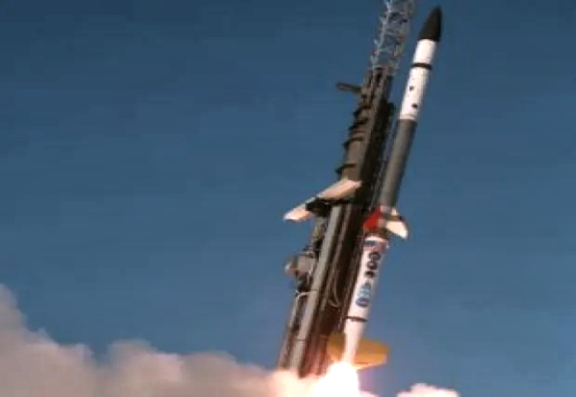
The U.S. Navy Strategic Systems Programs (SSP) and the U.S. Army Hypersonic Program Office (AHPO) have successfully conducted a High Operational Tempo for Hypersonics flight campaign from NASA’s Wallops Flight Facility on October 20, 2021.

This flight campaign was executed by Sandia National Laboratories (SNL) and this test will be used to inform the development of the U.S. Navy’s Conventional Prompt Strike (CPS) and the U.S. Army’s Long Range Hypersonic Weapon (LRHW) offensive hypersonic strike capability.

This test demonstrated advanced hypersonic technologies, capabilities and prototype systems in a realistic operating environment. Three precision sounding rocket launches were conducted containing hypersonic experiments from partners, including CPS, AHPO, the Joint Hypersonic Transition Office, SNL, Johns Hopkins University/Applied Physics Laboratory, MITRE, Oak Ridge National Laboratory, and several defense contractors.

During weapon system development, precision sounding rocket launches fill a critical gap between ground testing and full system flight testing. These launches allow for frequent and regular flight testing opportunities to support rapid maturation of offensive and defensive hypersonic technologies.
This test is a vital step in the development of a Navy-designed common hypersonic missile, consisting of a Common Hypersonic Glide Body (CHGB) and booster, which will be fielded by the Navy and Army with individual weapon systems and launchers tailored for launch from sea or land. The Department of Defense (DoD) successfully tested the CHGB on March 20, 2020. The Navy and Army will continue to work in close collaboration to leverage joint testing opportunities.
Delivering hypersonic weapons is one of the DoD’s highest priorities. Hypersonic weapons, capable of flying at speeds greater than five times the speed of sound (Mach 5) are highly maneuverable and operate at varying altitudes. The DoD is working in collaboration with industry, government national laboratories, and academia to field hypersonic warfighting capability in the early-to mid-2020s.
The Army and Navy routinely share data with Missile Defense Agency that supports its work on hypersonic defenses.

